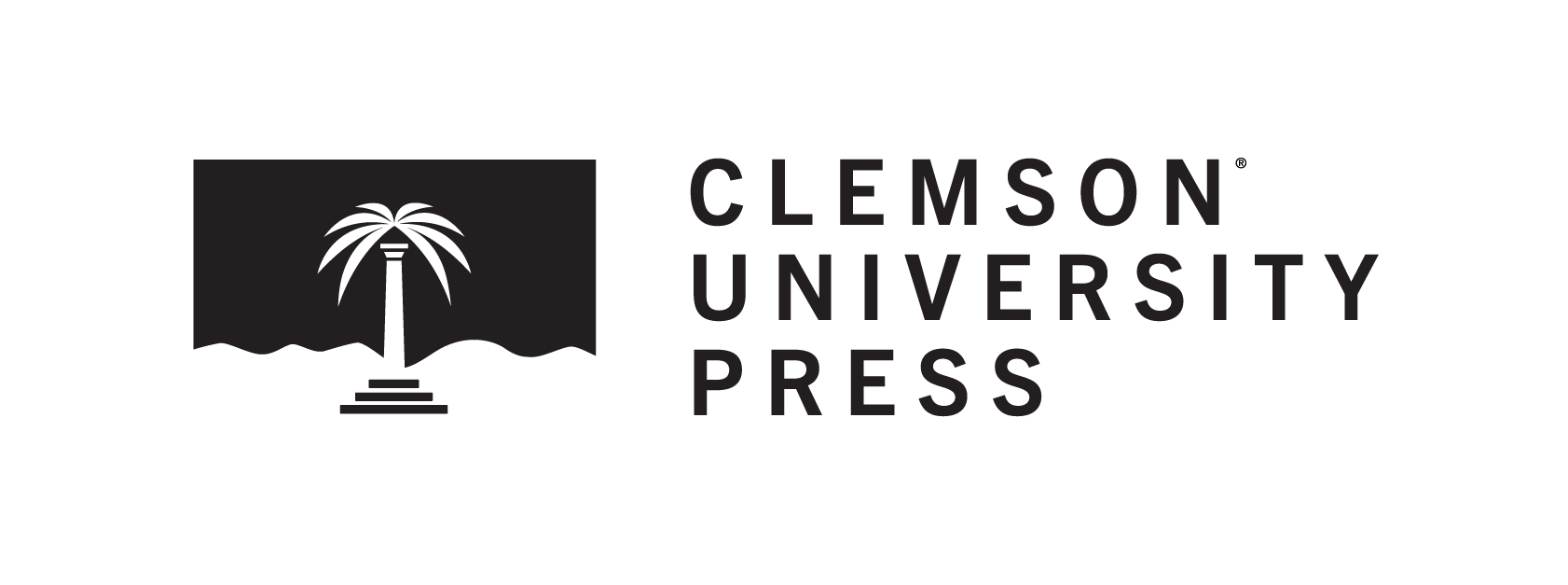Volume
52
Issue
4
DOI
10.34068/joe.52.04.13
Abstract
Citizen science projects can serve as constructivist learning environments for programming focused on science, technology, engineering, and math (STEM) for youth. Attributes of rich environments for active learning (REALs) provide a framework for design of Extension STEM learning environments. Guiding principles and design strategies for the University of Minnesota Extension's Driven to Discover: Enabling Authentic Inquiry through Citizen Science project demonstrate how education and investigations grounded in real-world citizen science projects can capitalize on REAL environments to generate meaningful STEM learning. Positive evaluation results support the efficacy of the design for enhancing youth science identity and practice.
Creative Commons License

This work is licensed under a Creative Commons Attribution-Noncommercial-Share Alike 4.0 License.
Recommended Citation
Meyer, N. J., Scott, S., Strauss, A. L., & Nippolt, P. L. (2014). Citizen Science as a REAL Environment for Authentic Scientific Inquiry. The Journal of Extension, 52(4), Article 13. https://doi.org/10.34068/joe.52.04.13


